Bioengineering Everywhere, for Everyone
A California community of scientists, artists, and youth sees bioengineering as a collaborative, creative process.
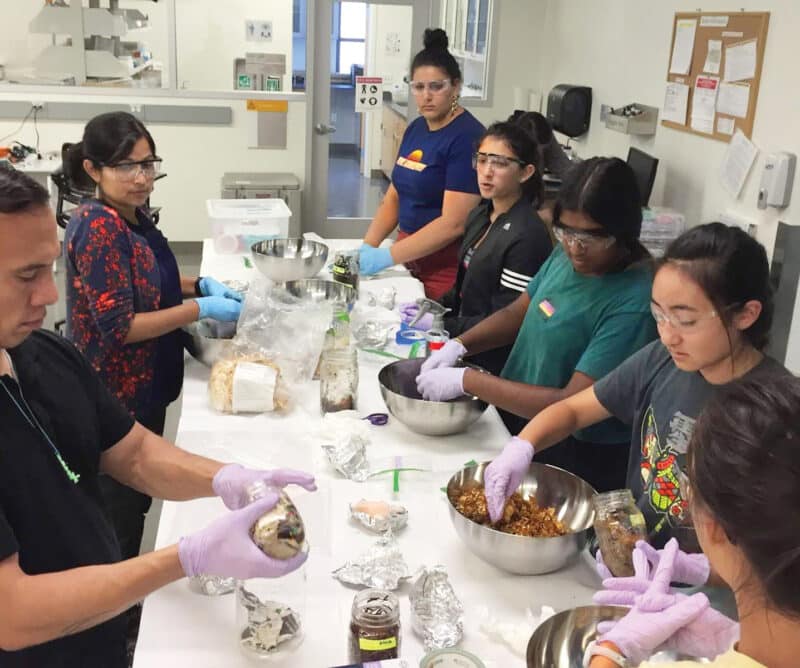
BioJam is a political, artistic, and scientific project in which scientists and artists collaborate with youth from communities of color in the California cities of Salinas, East San Jose, and Oakland. The intergenerational collective’s mission is to reenvision the future of bioengineering and biodesign—and, in the process, reframe who is a scientist and what science can be.
Every year, the program starts with a summer camp where instructors and teenagers learn together about biodesign, biohacking, speculative design, and restorative justice. After camp ends, the program continues with the participants designing and leading projects to engage their home communities in what they have learned. Now in its fourth year, BioJam has built a support network that includes youth and their families, community and academic advisory boards, a group of Stanford University members, and the communities where the young people live.
The intergenerational collective’s mission is to reenvision the future of bioengineering and biodesign—and, in the process, reframe who is a scientist and what science can be.
The goal of the program and its communities is to realize a future where science is embraced not only as a tool, but also as a medium for creativity and cultural expression. BioJam teens have skimmed bacterial cellulose from kombucha to grow covers for lab notebooks, fed ramen noodles to mycelium to create sculptures, and tinkered with bioplastics made of agar-agar. They’ve experimented with cell-free expression systems and collaborated to grow quilt squares from mycelium—a practice informed by explorations in computer-assisted design, 3-D printing, and vacuum forming. All these activities are centered on creative, culturally based applications of biology.
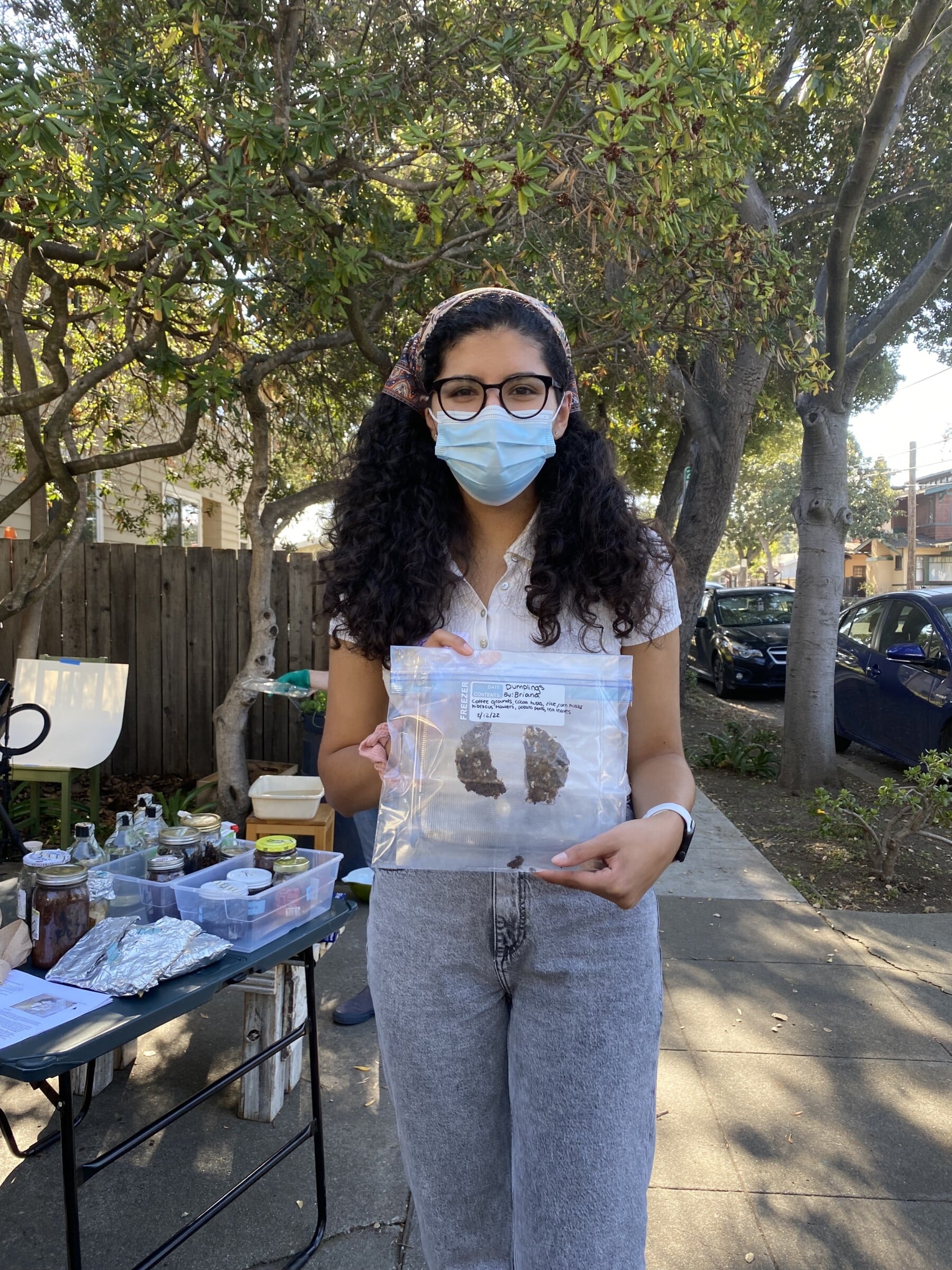
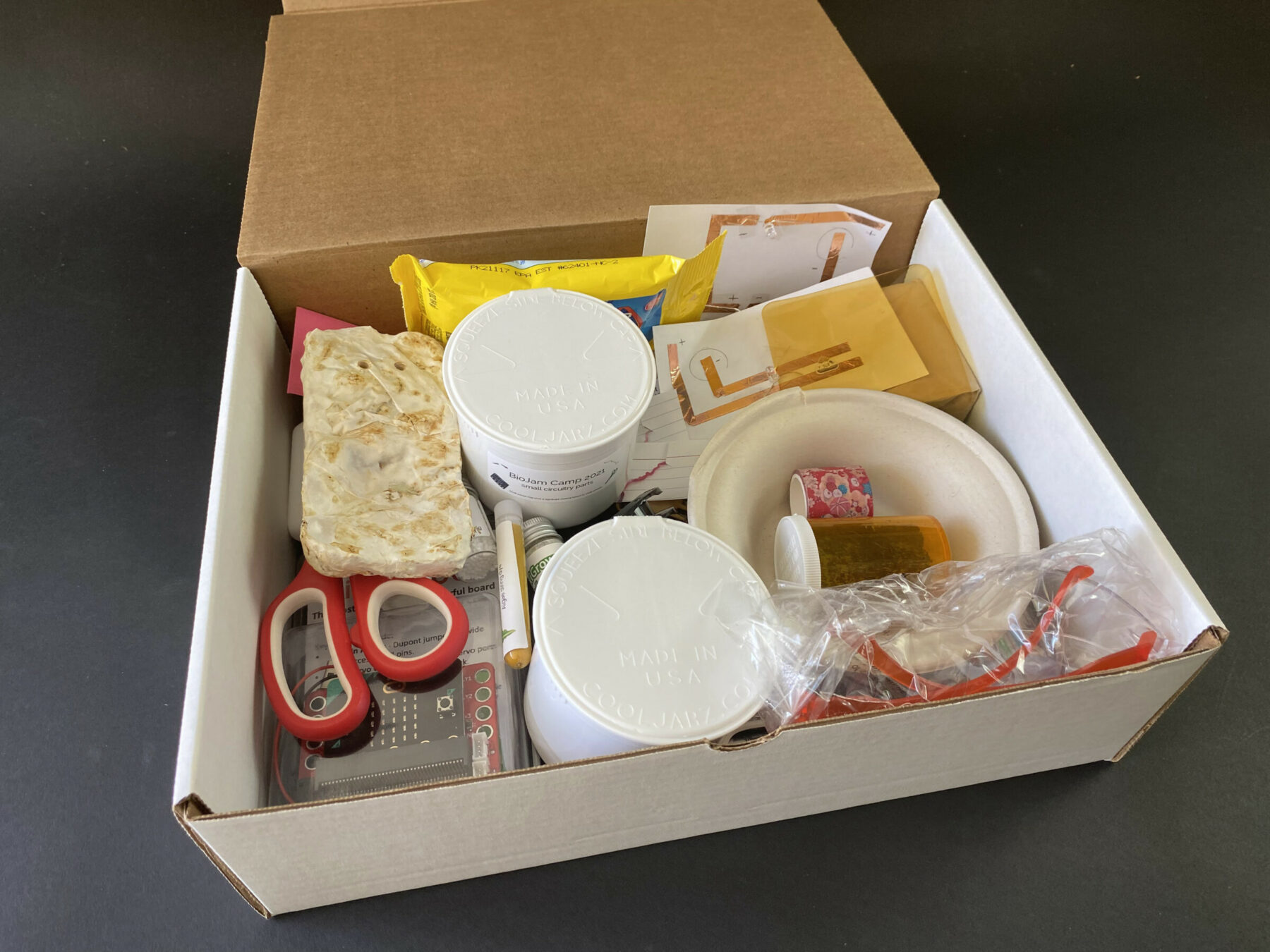
BioJam teens have skimmed bacterial cellulose from kombucha to grow covers for lab notebooks, fed ramen noodles to mycelium to create sculptures, and tinkered with bioplastics made of agar-agar.
The BioJam campers then become biomaking ambassadors, sharing what they’ve learned in their communities. In early 2020, teens created and led a workshop called Mealworm Chef at two Bay Area science museums, where they highlighted mealworms’ ability to eat plastic. Participants donned chef’s hats and prepared tiny pizzas and sushi made of polystyrene for the worms. As they work on other projects throughout the year, youth become conduits of knowledge both to and from their communities, facilitating the synthesis of biodesign and environmental justice.
BioJam teens have also shared their views on science education in international conferences, including the Global Community Bio Summit, the Society for Integrative and Comparative Biology annual meeting, the Construct3D conference, and the Biodesign Challenge.
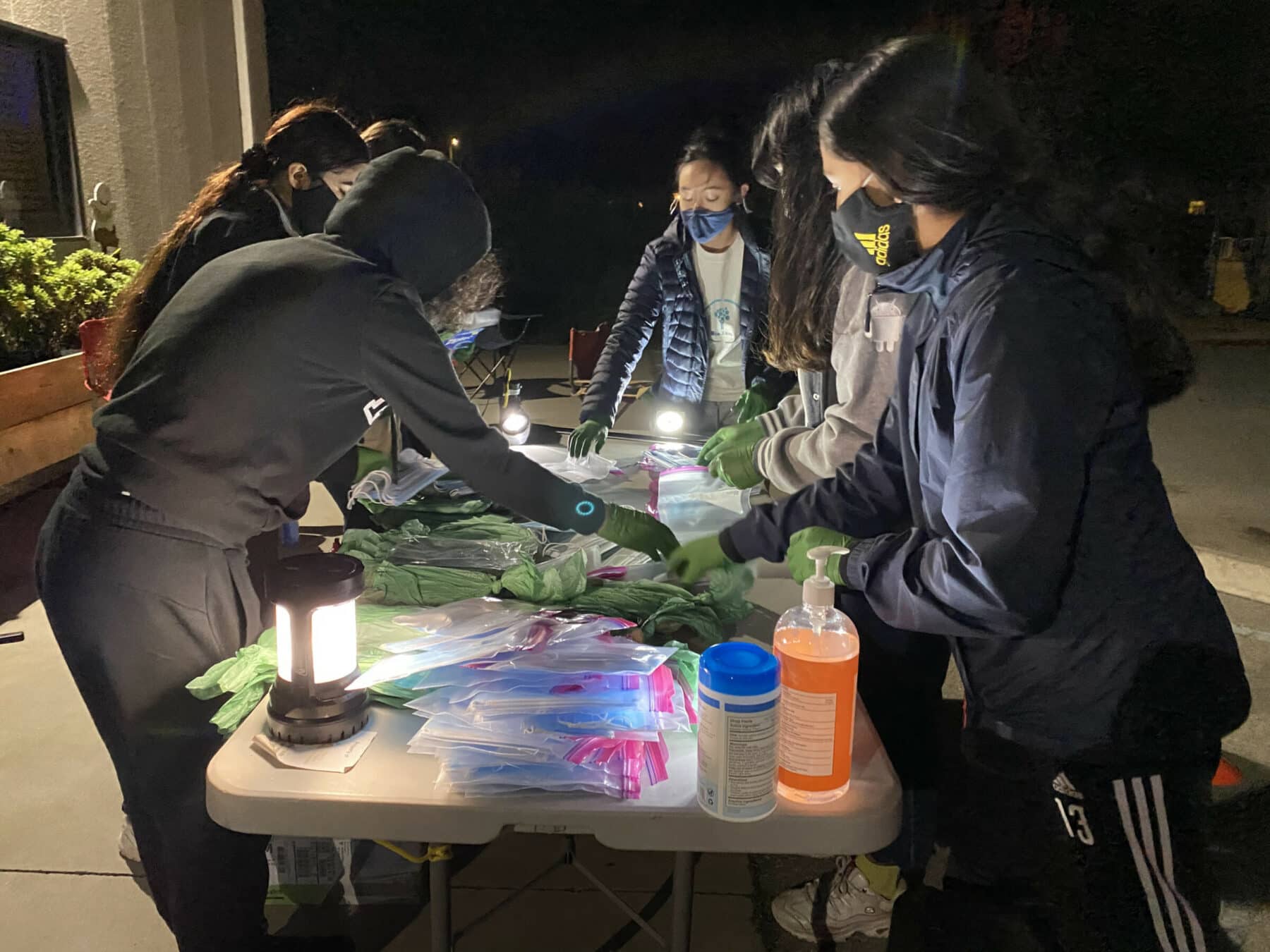
BioJam was founded in 2019 when Corinne Okada Takara, a community bioartist and educator, met Rolando Perez, then a bioengineering PhD student at Stanford University, during a rideshare. Corinne and Rolando quickly realized that they had overlapping interests in using science and art education to engage communities through their own cultural histories and expertise. Wary of science, technology, engineering, and mathematics programs that presume that all knowledge flows one way—from formal science institutions to the public—they envisioned a program that centered more reciprocal power relationships between universities and marginalized communities. In 2020, Callie Chappell joined the community and started the Stanford student group BioJam CoLABS (Community Learning with Art, Biodesign, and Solidarity). Today, BioJam has connected youth from communities around Northern California, enmeshed into the Xinampa community biolab in Salinas, and developed deep relationships across multiple learning spaces—including after-school programs, community gardens, universities, garages, museums, and farms—and with activists, artists, and farmers.
Cultural, local, lived, and Indigenous knowledge—and the communities from which such expertise comes—are often excluded from conversations about bioengineering and biodesign.
Biodesign and bioengineering, where the natural world serves as inspiration for innovation, is often heralded as a technocratic solution to emerging challenges such as improving agricultural practices, addressing healthcare inequity, and reducing greenhouse gas emissions. Yet cultural, local, lived, and Indigenous knowledge—and the communities from which such expertise comes—are often excluded from conversations about bioengineering and biodesign. By recognizing that marginalized communities have always been biotechnology innovators, from Mesoamerican chinampas (often called floating gardens) to Japanese kanten (algae-based foods), BioJam celebrates the diversity of knowledge inherent in ancient, present, and future biotechnologies. Elevating this diversity of knowledge will be essential to using biotechnology to solve both global and local problems.
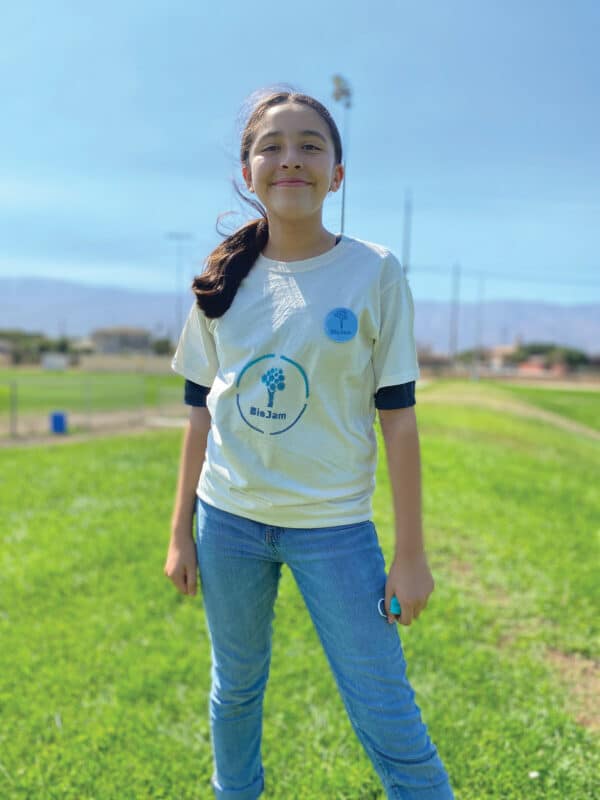
Izabella Tejada, a teen who joined the first camp as a seventh grader and then became a mentor and member of the youth advisory board, explains the challenge for governing these new technologies as well as using them to create a better world: “We need to have people from diverse backgrounds to have boundaries on [gene editing] tools. We need people like Latinos, Asians, African Americans, Native Americans, Indigenous people, people from all over the world. We need younger people, older folks, people from hotter climates, some that live in colder climates, scientists, teachers, people like you, who care for the environment. This is what comes to my mind when I think about a world I want to inherit when I grow older and what future generations deserve.”
As a community, BioJam explores bioscience and bioart from a perspective that elevates process and communion over product, and frames biodesign and science as ongoing storytelling and slow making with nature. BioJam is also a call to action: How can humans expand our understanding of what we view as science to include communion with ourselves as humans across time, with the world around us, and with the future? Framing science as ancestral, playful, and creative can reshape humanity’s view of our place in this world, inspire deep innovation, and empower more people to see themselves as shapers of the questions science asks and explores.
